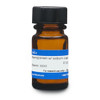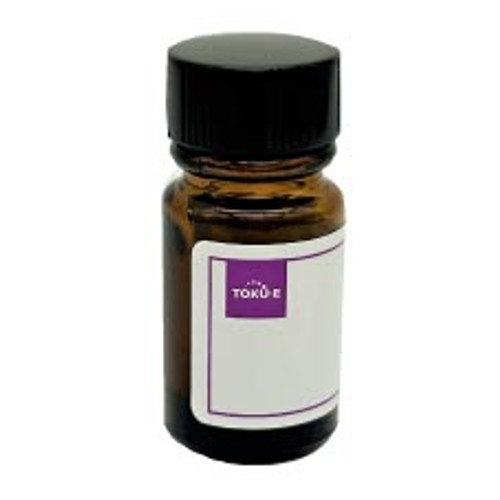Meropenem with Sodium Carbonate is a salt form of Meropenem, a β-lactam antibiotic in the carbapenem class, which targets the bacterial cell wall. Meropenem has found utility against extended spectrum β-lactamase (ESBL) producing Enterobacteriaceae that are resistant to many β-lactam antibiotics and certain cephalosporins. Meropenem with Sodium Carbonate is very soluble in water.
We also offer:
- Meropenem, USP (M002)
| Mechanism of Action | β-lactams interfere with PBP (penicillin binding protein) activity involved in the final phase of peptidoglycan synthesis. PBP’s are enzymes which catalyze a pentaglycine crosslink between alanine and lysine residues providing additional strength to the cell wall. Without a pentaglycine crosslink, the integrity of the cell wall is severely compromised and ultimately leads to cell lysis and death. Resistance to β-lactams is commonly due to cells containing plasmid encoded β-lactamases. Like many carbapenems, Meropenem is highly resistant to the degradative effects of β-lactamases. |
| Spectrum | Meropenem has a broad spectrum of activity and has been found to be effective against extended spectrum β-lactamase (ESBL) producing Enterobacteriaceae; a group of pathogenic microbes resistant to many first line β-lactam antibiotics and certain cephalosporins. |
| Microbiology Applications | Meropenem is commonly used in clinical in vitro microbiological antimicrobial susceptibility tests (panels, discs, and MIC strips) against Gram-positive and Gram-negative microbial isolates. Meropenem has also shown high potency against high-resistant superbug strains. Medical microbiologists use AST results to recommend antibiotic treatment options. Representative MIC values include:
Media SupplementsMeropenem can be used as a selective agent in several types of isolation media: VRE Medium - VRE Selective Supplement |
| Plant Biology Applications | Meropenem can be used to suppress the overgrowth of Agrobacterium in tobacco, tomato, and rice transformation, with 25 mg/L suppressing outgrowth (Ogawa and Mii , 2007). Meropenem suppressed growth of Agrobacterium during transformation of Phalaenopsis at 5 mg/L and had no phytotoxic effect on the cells themselves (Sjahril and Mii, 2005). |
| Molecular Formula | C17H25N3O5S • Na2CO3 |
| References |
Guzmán F(2008) Beta lactams antibiotics (penicillins and cephalosporins) mechanism of action. Med. Pharmacol. Pharmacology Corner, 29 Nov. 2008 Pitout JD, Sanders CC, Sanders WE (1997) Antimicrobial resistance with focus on beta-lactam resistance in Gram-negative bacilli. Am J Med 103:51 Yang Y, Bhachech N and Bush K (1995) Biochemical comparison of imipenem, Meropenem and biapenem: Permeability, binding to penicillin-binding proteins, and stability to hydrolysis by β-lactamases. J. Antimicrob. Chemother. 35(1):75-84 |








